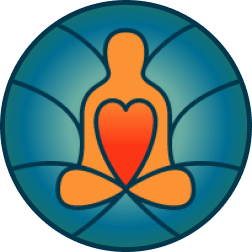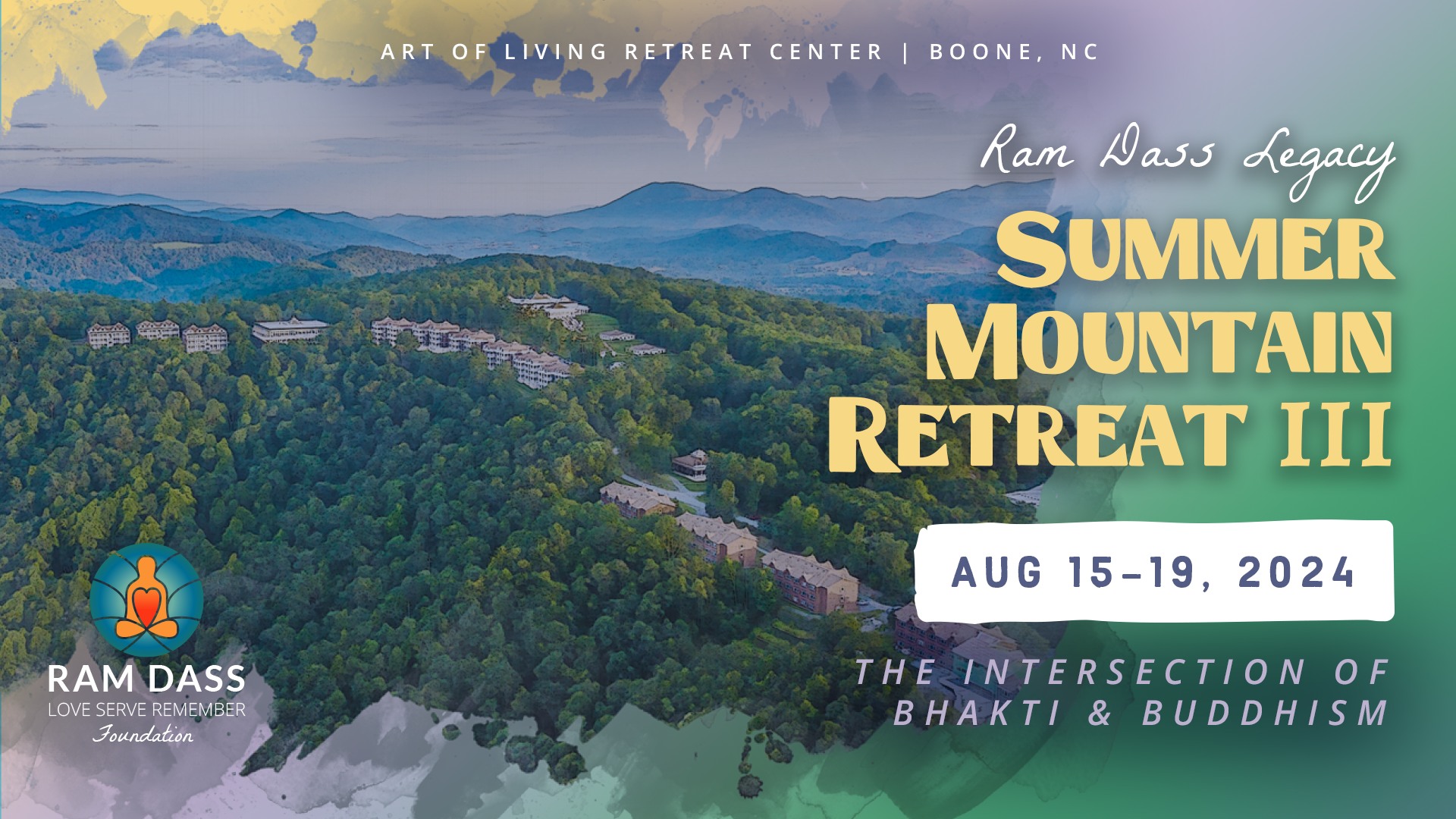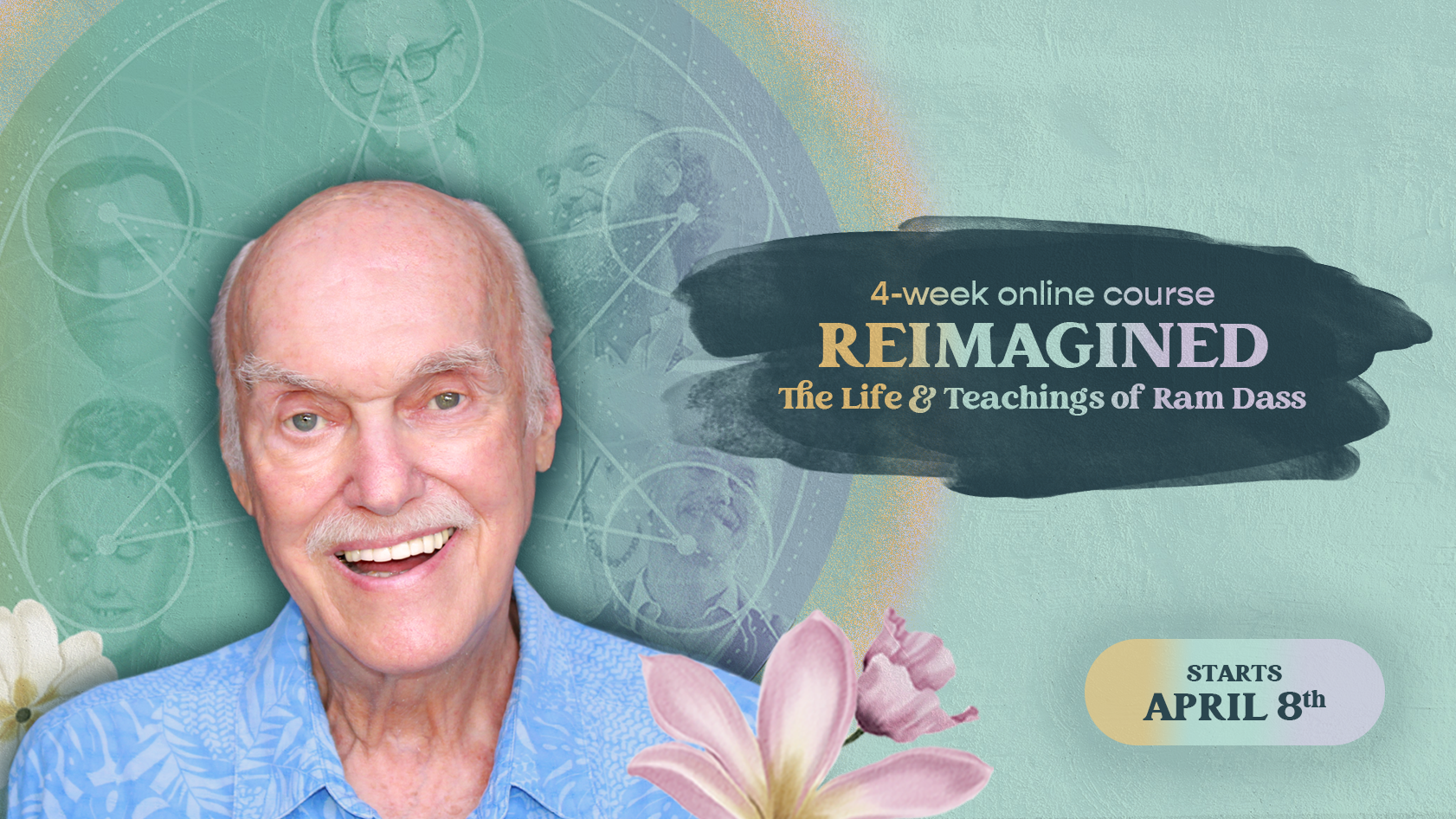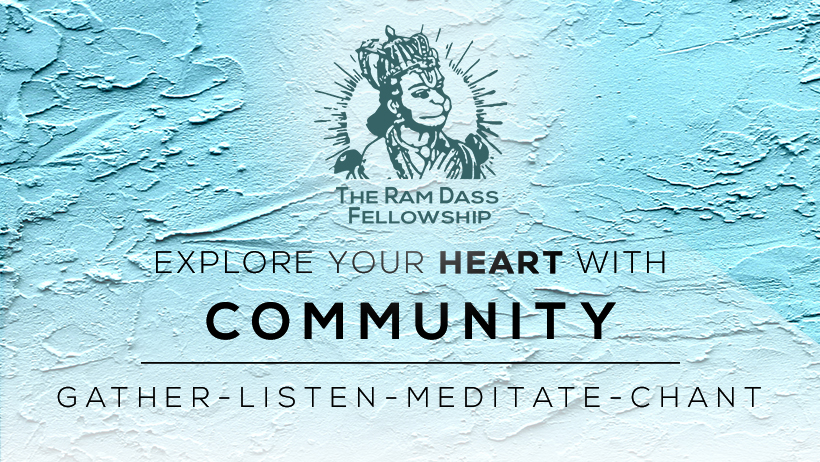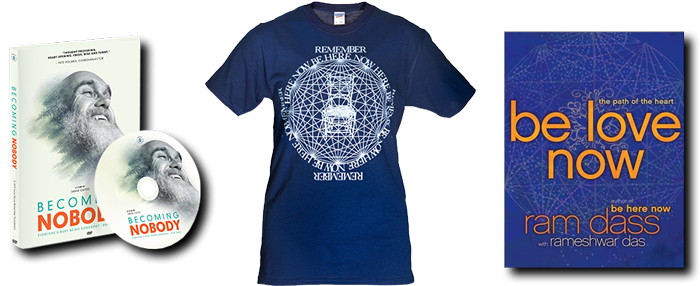Are you Mingyur Rinpoche?
My father asked me this question soon after I began studying with him, when I was around nine years old. It was so gratifying to know the correct answer that I proudly declared, Yes, I am.
Then he asked, Can you show me the one thing in particular that makes you Mingyur Rinpoche?
I looked down the front of my body to my feet. I looked at my hands. I thought about my name. I thought about who I was in relation to my parents and my older brothers. I could not come up with an answer. He then made looking for the real me sound like a treasure hunt, and I earnestly searched under rocks and behind trees. When I was eleven years old, I began my studies at Sherab Ling, a monastery in northern India, where I brought this search inside myself through meditation. Two years later, I entered the traditional three–year retreat, a period of intense mind training. During this period, we novice monks did many different exercises, each one deepening our understanding of subtler levels of reality. The Tibetan word for meditation, gom, means “to become familiar with”: familiar with how the mind works, how it creates and shapes our perceptions of ourselves and the world, how the outer layers of mind—-the constructed labels—-function like clothing that identifies our social identities and cloaks our naked, nonfabricated state of original mind, whether that outerwear consists of business suits, jeans, uniforms, or Buddhist robes.
By the time I set off for this retreat, I understood that the value of the labels shifts according to circumstances and social consensus. I had already affirmed that I was not my name, title, or status; that the essential me could not be defined by rank or role. Nonetheless these same designations, empty of essential meaning, had circumscribed my days: I am a monk; a son, a brother, and an uncle; a Buddhist; a meditation teacher; a tulku, an abbot, and an author; a Tibetan Nepali; a human being. Which one describes the essential me?
Making this list is a simple exercise. There is only one problem: The inevitable conclusion contradicts every cherished assumption that we hold dear—-as I was just about to learn yet again. I wished to go beyond the relative self—-the self that identifies with these labels. I knew that even though these social categories play a dominant role in our personal stories, they coexist with a larger reality beyond labels. Generally we do not recognize that our social identities are molded and confined by context, and that these outer layers of ourselves exist within a boundless reality. Habitual patterns cover over this boundless reality; they obscure it, but it is always there, ready to be uncovered. When we are not constricted by habitual patterns that define how we see ourselves and how we behave in the world, we create access to those qualities of mind that are vast, that are not contingent on circumstances or concepts, and that are always present; for these reasons, we call it the ultimate, or absolute mind, or the mind of absolute reality, which is the same as the mind of pure awareness and which expresses the very essence of our true nature. Unlike the intellectual and conceptual head and the boundless love of an open heart, this essence of reality has no association to location or materiality of any kind. It is everywhere and nowhere. It’s somewhat like sky—-so completely integrated with our existence that we never stop to question its reality or to recognize its qualities. Because awareness is as present in our lives as the air we breathe, we can access it anywhere, anytime.
I had developed some capacity to hold the relative and absolute perspectives at the same time. Yet I had never known a day without people and props that mirrored the stitched–together patchwork that became known to me and to others as Mingyur Rinpoche: unfailingly polite, quick to smile, with a somewhat reserved demeanor, tidy, clean–shaven, wearing rimless glasses with gold frames. Now I wondered how these identities would play out in the Gaya station. I had been there many times before, but always with at least one attendant. This meant that I was never without a reference to rank, and was never challenged to depend solely on my own internal resources.
Tibetans have an expression for deliberately increasing the challenges of maintaining a steady mind: adding wood to the fire. Generally, people go through life taking note of those experiences that recurrently enflame our anger or anxiety or fear—-and then we try to avoid them, telling ourselves things like, I can’t watch scary movies. I cannot be in big crowds. I have a terrible fear of heights, or of flying, or of dogs, or the dark. But the causes that provoke these responses do not go away; and when we find ourselves in these situations, our reactions can overwhelm us. Using our inner resources to work with these issues is our only true protection, because external circumstances change all the time and are therefore not reliable.
Adding wood to the fire deliberately brings difficult situations to the forefront so that we can work with them directly. We take the very behaviors or circumstances that we think of as problems and turn them into allies. For example, when I was about three or four years old, I went by bus on a pilgrimage tour of the major Buddhist sites in India with my mother and grandparents. I got very sick on the first bus ride. After that, every time we even approached a bus, I became fearful and nauseated, and inevitably got sick again. At the age of about twelve, after a year of living at Sherab Ling Monastery in northern India, I was going home to see my family. The attendant who would be traveling with me arranged for us to take a bus to Delhi, an all–night ride, and then a plane from Delhi to Kathmandu. I had been looking forward to the visit, but for weeks I had dreaded the bus ride. I insisted that the attendant buy two seats for me so that I could lie down, as I thought this would settle my stomach. But once the trip started, and I was stretched out, I discovered that lying down made me feel worse. My attendant implored me to eat something or to drink juice, but my stomach was too distended to swallow a sip. When the bus stopped en route, I refused to get up and walk outside. I did not want to move, and didn’t for many hours. Finally, I left the bus to use the restroom and have some juice.
When I returned to my two seats, I felt much better and decided to try to meditate. I started with a body scan, bringing my awareness to the sensations around my stomach, its bloating, and the nausea. This was very uncomfortable, a little disgusting, and initially made the sensations worse. But as I slowly came to accept these sensations, I experienced my entire body as a guesthouse. I was playing host to these sensations, as well as to feelings of aversion, resistance, and reaction. The more I allowed these guests to inhabit my body, the calmer I became. Soon I fell sound asleep, and woke up in Delhi.
This experience did not put to rest all of my anxieties about riding buses; the fear recurred with subsequent trips, although with lessening effect. The big difference was that after this, I welcomed bus rides. I did not seek them out, in the deliberate fashion that I had arranged for this wandering retreat, but I was grateful for the challenge of working with my mind in order to overcome adversity.
When we add wood to the fire, instead of trying to smother the flames of our fears, we add more fuel, and in the process gain confidence in our capacity to work with whatever settings we find ourselves in. We no longer avoid situations that have disturbed us in the past, or that evoke destructive patterns or emotional outbursts. We begin to rely on another aspect of mind that exists beneath our reactivity. We call this “no–self.” It’s the unconditioned awareness that reveals itself with the dissolution of the chattering mind that talks to itself throughout the day. Another way of saying this is that we switch mental gears from normal awareness to meditative awareness.
The normal awareness that guides our everyday activities is actually quite cluttered. We generally go about our days with minds filled with ideas of what we want, and how things should be, and with reactive responses to what we like and do not like. It’s as if we are wearing different pairs of glasses without knowing it, and have no idea that these filters obscure and distort our perceptions. For example, if we have motion sickness, the extra glasses are the feelings of disgust from the smell and the embarrassment we feel from causing others to be disgusted by us. The fact that someone might notice adds to our physical discomfort.
Let’s say we look at a mountain with normal awareness. Our mind is facing out and following our eyes to the mountain, and perhaps we’re thinking about the last time we saw this mountain, or any mountain, and who we were with at that time, or if the climate or time of day for seeing the mountain was better before or now, or if we are hungry or happy. Or think of the times when we use normal awareness to collect our keys and phones before leaving the house. We might notice that this process often includes anxiety about being late or about what route to take to an appointment, or we might fantasize about returning home before we have even left.
With meditative awareness, we try to remove these filters and reduce the projections. We face inward and recognize awareness as a quality of mind itself. When we look at the mountain, there is less mental traffic between us and the mountain, fewer concepts and ideas. We see things about the mountain that we had not noticed before: the way the ridges are outlined by the shape of the trees, the changes in vegetation, or the sky that surrounds the mountain. This clear mind of awareness is always with us, whether we recognize it or not. It coexists with confusion, and with the destructive emotions and cultural conditioning that shape our ways of seeing things. But when our perception shifts to meditative or steady awareness, it is no longer narrowed by memory and expectation; whatever we see, touch, taste, smell, or hear has greater clarity and sharpness, and enlivens our interactions.
Shortly after I started studying with my father, I received teachings from him on meditative awareness. One day I was hanging out on the roof of my house, just looking around in a kind of distracted, casual way, and I noticed that partway up Shivapuri, the mountain behind Nagi Gompa, there was a road crew repairing a footpath that cut through the side of the mountain. About six people were using shovels, pickaxes, and wheelbarrows to level the path and clear dirt and stones that had fallen from above. I sat down and watched them work from the roof. Then I thought, I should be meditating. Following my father’s instructions, I turned my mind toward itself without moving my eyes. I continued to see the people working, and hear the sound of pickaxes breaking rock, and watch the wheelbarrow dumping dirt over the side. But suddenly, I also saw the beautiful blue sky and the clouds passing overhead, and I saw leaves move in the wind and felt the breeze on my skin and heard birds singing. Before, with normal awareness, my focus had narrowed, and I did not feel or see anything but the road crew. Meditative awareness—-also called steady awareness—-introduces us to looking at the nature of awareness itself.
Once we become familiar with steady awareness, we still often move between this state and normal awareness. Despite the difference between them, both types of awareness exist within a dualistic construct: There is something watching and something being watched—-the experience of awareness recognizing itself. When this duality is eliminated, we drop into what we call pure—-or non–dual—-awareness. Non–duality is the essential quality of awareness, yet when we speak of three types of awareness—-normal, meditative, and pure—-we are speaking of a gradual experiential process that takes place from dualistic to non–dualistic states, from very cluttered minds to minds that are increasingly liberated from habitual reactivity and preconceptions about how things are supposed to be. These categories of awareness are not sharply delineated, and our recognition of pure awareness also has many gradations. We can have glimpses or flashes of it, with differing degrees of depth or clarity. I knew something of pure awareness. Part of my intention for this retreat was to intensify my relationship to this aspect of reality, and I had hoped to accomplish this by stepping outside of my normal life.
Who was about to step into the Gaya railway station in the middle of the night? My maroon robes, yellow shirt, and shaved head identified me as a Tibetan Buddhist monk, a lama by -profession—-a perfect disguise for the disorderly mix of curiosity, anxiety, and confidence that accompanied my every heartbeat—and who in so many ways was still seeking the answer to my father’s question: Who is Mingyur Rinpoche?
I had attained skills in recognizing awareness—-within monastic enclosures and shrine rooms, and on my meditation mat, always within my comfort zone, and always near disciples and attendants. Even though I had been meditating for my entire life, and had spent many years in Buddhist monasteries, I was now starting out on a different kind of retreat. My titles and roles would get tossed onto the pyre. I would burn up the coarse, outer social protections and strategies in order to be free—-not of life but for life, for living every day with a newly born engagement with whatever would arise. I would not just revert to the rewarding paths that I knew so well. I had some inkling that these roles had become deeply embedded, and I could not work with them until some degree of fracture had brought them to the surface.
I had set off on my own to intentionally seek this disruption through what I had been thinking of as an ego–suicide mission. I wanted to explore the deepest depths of who I really was out in the world, anonymous and alone. I wanted to test my own capacities in new and challenging situations. If I can truly disrupt my established routines, find my own edge and then keep going, let’s see what happens to my recognition of awareness, see what happens to the virtues of patience and discipline when no one is watching, when no one even knows who I am; when perhaps I don’t even know who I am.
The taxi squealed to a stop. It was time to find out. I paid the driver and left the cab. As if to affirm that every worldly refuge is as fleeting as smoke, I paused in front of the station and turned to watch the taxi disappear.

